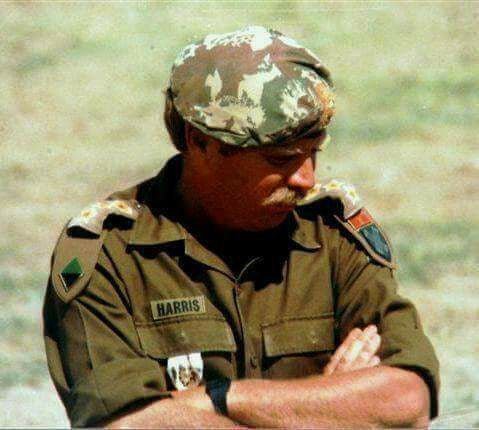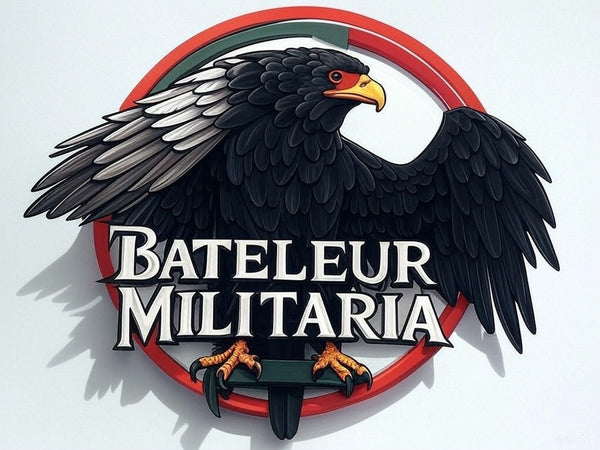
SADF 32 Battalion, The Beginnings
Share
32 BATTALION
Introduction
In August 1975 Major-General Constant Viljoen ordered the then Commandant Jan Breytenbach to start training FNLA soldiers from the Chipenda faction. He started out with 11 Special Forces operators know in Special Forces circles as “the second dirty dozen”. The first dirty dozen was the founding operators of Special Forces. The unit was called Bravo-Group and strictly not a part of the SADF.
There was no official uniform. The operators used a mixture of available uniforms such as Portuguese and the current green uniform of the FNLA. During Operation Savanna 20 MPLA uniforms were confiscated at Mupa Stores. At Sá da Bandeira a large quantity of camo uniforms were found. These camo uniforms were distributed among the troops so that each received at least 2 sets. It is unknown what pattern these uniforms were but they were most certainly Portuguese as the Angolan factions wore green uniforms.
During Operation Kobra (10 May 1976) Bravo-Group, as 32Bn was known to used FAPLA uniforms.
In October 1976 Bravo-Group’s name was changed to 32 Battalion. From here on they were slowly issued with Nutria uniforms.
Around January 1977 the troops were for the first time issued with SADF numbers. These numbers ended with “SP” (Special Project) instead of the usual “PF” (Permanent Force). When the numbers grew a system of control of the troops on the base were introduced were color-coded epaulettes were used. Yellow was to identify troops on leave, green was for troops in transit, brown for troops already allocated to rifle companies and blue was to identify HQ personnel.
In April 1976 they received an assignment of SAP camouflage uniforms for special operations. These are presumably 1st camouflage pattern uniforms. These uniforms were use in a mix with 190 sets of Reconnaissance Commando camouflage uniforms delivered by mistake to 32 Battalion. The Recce camouflage uniforms were stored at Omauni and most probable formed the base for the future development of 32 Battalion’s own camouflage pattern in later years.
After the adoption of 32-Battalion camo, it was used in operations inside Angola while Browns were used inside SWA. Around the middle of 1979 the then Commanding Officer Commandant Deon (Falcon) Ferreira changed this and the camo was used in all operations. The ceremonial Dress including the black and white stable belt was officially approved in April 1984.
With the disbanding of the Battalion in 1993 before the elections in 1994 lieutenant Jan Kruger marched onto the disbandment parade, addressed the parade in Portuguese (the language of the troops) and harangued the review officer. Previously Dr Willie Snyman tried to give President F. W. de Klerk 30 silver pieces (Jesus was betrayed for 30 silver pieces) for selling out 32-Battalion and leaving the Portuguese troops stranded in a country where the future government was very hostile towards 32-Battalion members (especially the black members).
The Battalion had two variations of the second pattern camouflage that was worn exclusively. These two patterns we called the Summer and Winter patterns. There is also a dark version where all the colors are darker than the Summer and Winter patterns. The Reconnaissance wing wore this pattern together with a large variety of non-regulation camouflage and enemy uniforms. It is a little confusing to talk about these three versions as different patterns, as the pattern is exactly the same with only an intentional color variation distinguishing the patterns. The first pattern is even darker than the dark pattern but then the pattern is also different. There are some similarities between the two patterns but they are definitely different patterns. All items were sterile, untraceable to any country. They were only marked with the abbreviated size on a small label.
